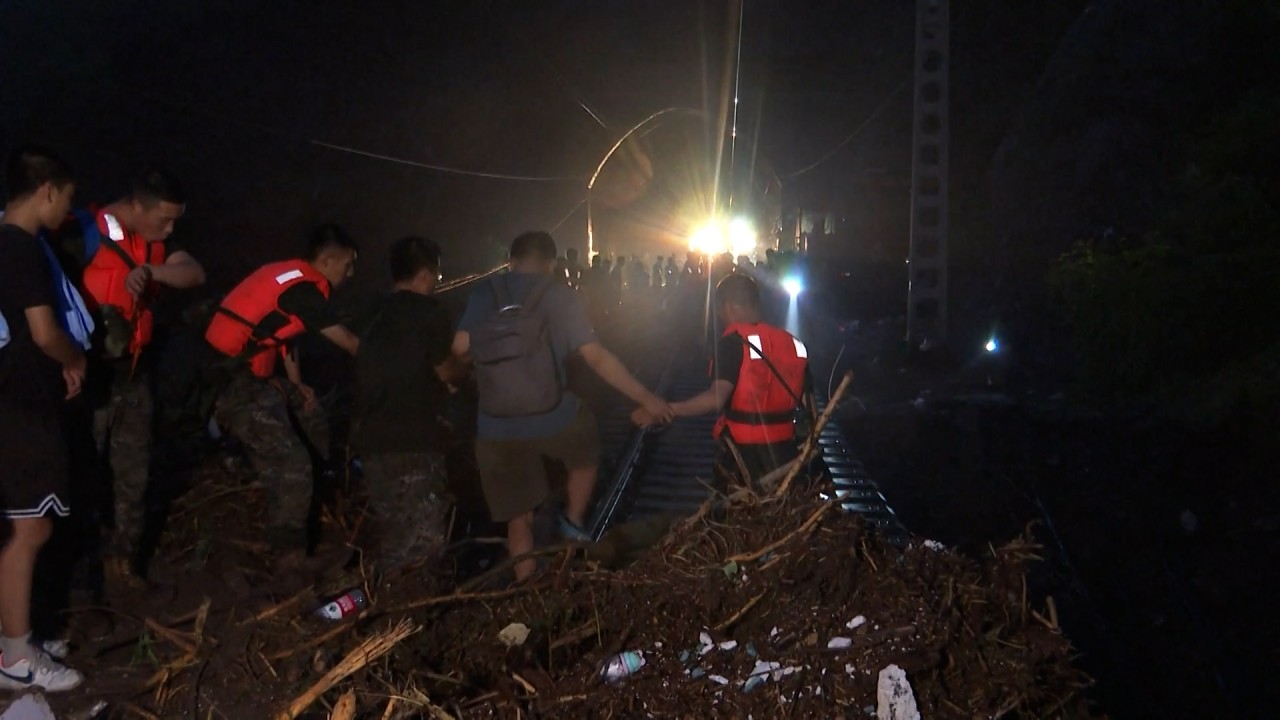
Floods highlight how China’s grand ambitions for the Beijing area carry a heavy cost for outlying areas
- The admission that the area surrounding the capital would serve as a ‘moat’ has angered residents and raised questions about a lack of consultation
- The authorities made it clear that protecting grand projects such planned new city of Xiongan is the priority, but its location leaves it vulnerable to global warming
The Beijing authorities pledged over a decade ago to turn the capital into a “most liveable” world-class metropolis within the next 10 years.
But despite a spree of infrastructure building, their ambitions took a blow after a torrential downpour in the summer of 2012 killed 37 people and effectively paralysed the city of over 20 million.
As proof that extreme weather is becoming the “new normal”, the capital, still reeling from its long summer heatwave, saw the heaviest rainfall in 140 years after over 80 hours of almost continuous rain between July 29 and August 1.
It quickly became one of the deadliest disasters for the region in years, causing severe flooding and landslides, with at least 21 dead and over 30 missing in Beijing and neighbouring cities in Hebei.
Meteorologists and climate experts have blamed worsening global warming for the increasingly frequent extreme weather events, with one leading expert at China’s National Climate Centre describing them as nature’s “revenge” on humanity.
They warn that due to aggravated temperature rises, the usually arid areas surrounding Beijing are becoming warmer and more humid, with average annual precipitation increasing by nearly 50 per cent since 2000.
Although the authorities in the capital issued a red alert – the highest in the four-tier national rainstorm warning system – through mobile phones, radio and television, many in the flood-stricken Fangshan district complained they had not been told they needed to evacuate.
Many residents voiced similar grievances and anger in the cities of Zhuozhou and Bazhou on the southern outskirts of the capital. Both suffered even more badly than the capital, but this was obviously more to do with floodwater diversions than the heavy downpour itself.
Hebei decided to open seven flood storage zones, some of them close to the two cities, to “ease pressure on Beijing and Tianjin”, with the provincial Communist Party chief Ni Yuefeng vowing that Hebei would serve as a “moat” for the capital.
Daxing, Beijing’s second international airport, was opened four years ago, while work on Xiongan, a pet project of President Xi Jinping to create a new “dream city” about 100km (60 miles) southwest of Beijing, began in 2017.
During a trip to the new city the Chinese leader praised the building of a new economic powerhouse as a “miracle” and vowed to make it a resounding success.
But despite Xi’s aspirations, the plan – which is intended to ease pressure on the capital – has long faced resistance due to its location right in the middle of an arid region prone to extreme weather that has seen some of the country’s worst pollution.
Over the years many experts have voiced concerns about a lack of transparency in the decision-making, ecological problems, the socioeconomic costs and the slow progress of its development.
Yin Zhi, a Tsinghua University professor specialising in urban planning who is involved in the project, warned in 2018 that one of the biggest headaches for the project was its location in one of the lowest-lying parts of an area prone to perennial flooding.
While the government’s decision to inundate some populated areas to save Beijing and Xiongan, have been widely questioned online, the official China Water Resources News said in a post on Weibo last week that those sacrifices were necessary to protect “the bigger whole”.
But residents in the worst-hit areas such as Zhuozhou and Bazhou mainly expressed bitterness that they had been kept in the dark about the decision and the need to evacuate.
But like those who suffered in the 2012 floods, none of their questions has been answered so far, including why residents who were forced to make personal sacrifices had not been involved in the decision-making process earlier.



